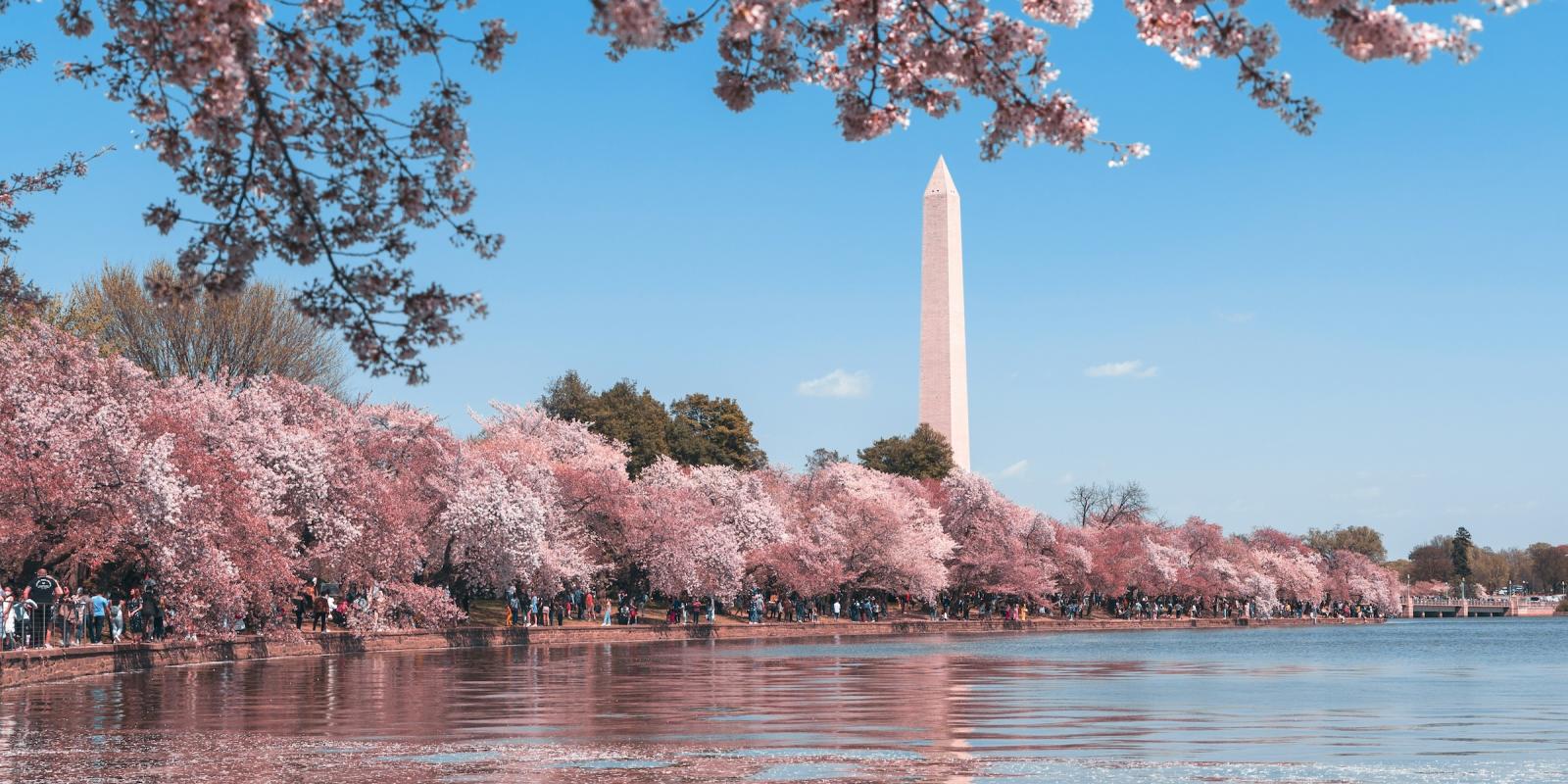On June 11, 1989, 8,000 WHFS 99.1 listeners crowded into the parking lot in front of Joe’s Record Paradise in Wheaton, Maryland for an eight hour concert to protest, station owner, Duchossois Inc.’s, decision to remove Damian Einstein from the airways. Damian introduced the DMV to the newest music before it exploded on the national scene, and his sudden absence from the airways shocked WHFS’s most loyal fans who feared that Duchossois intended to move on from the progressive rock format. Centered on the freewheeling deejay, the progressive rock format defined WHFS defined the station since 1968.
Fans were right to be concerned. Over the course of the next decade, WHFS ditched the deejay for “gold-throated “on-air personalities who aired songs from corporately manufactured playlists. While these changes initially earned the station a score of new fans, by the end of the decade, it was clear that WHFS lost the loyal support of their “bumper-stickered fans” who felt as if they lost a friend.
